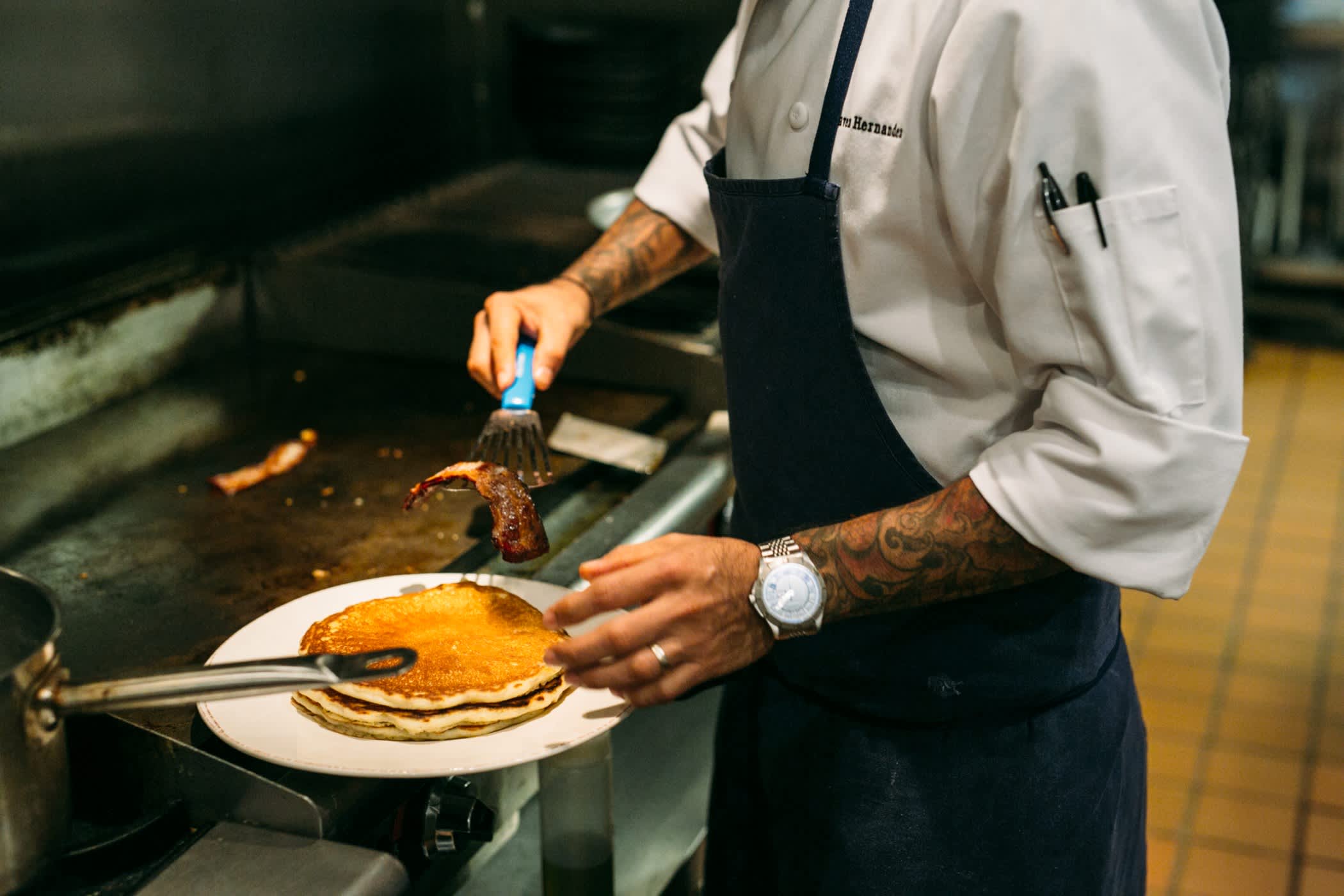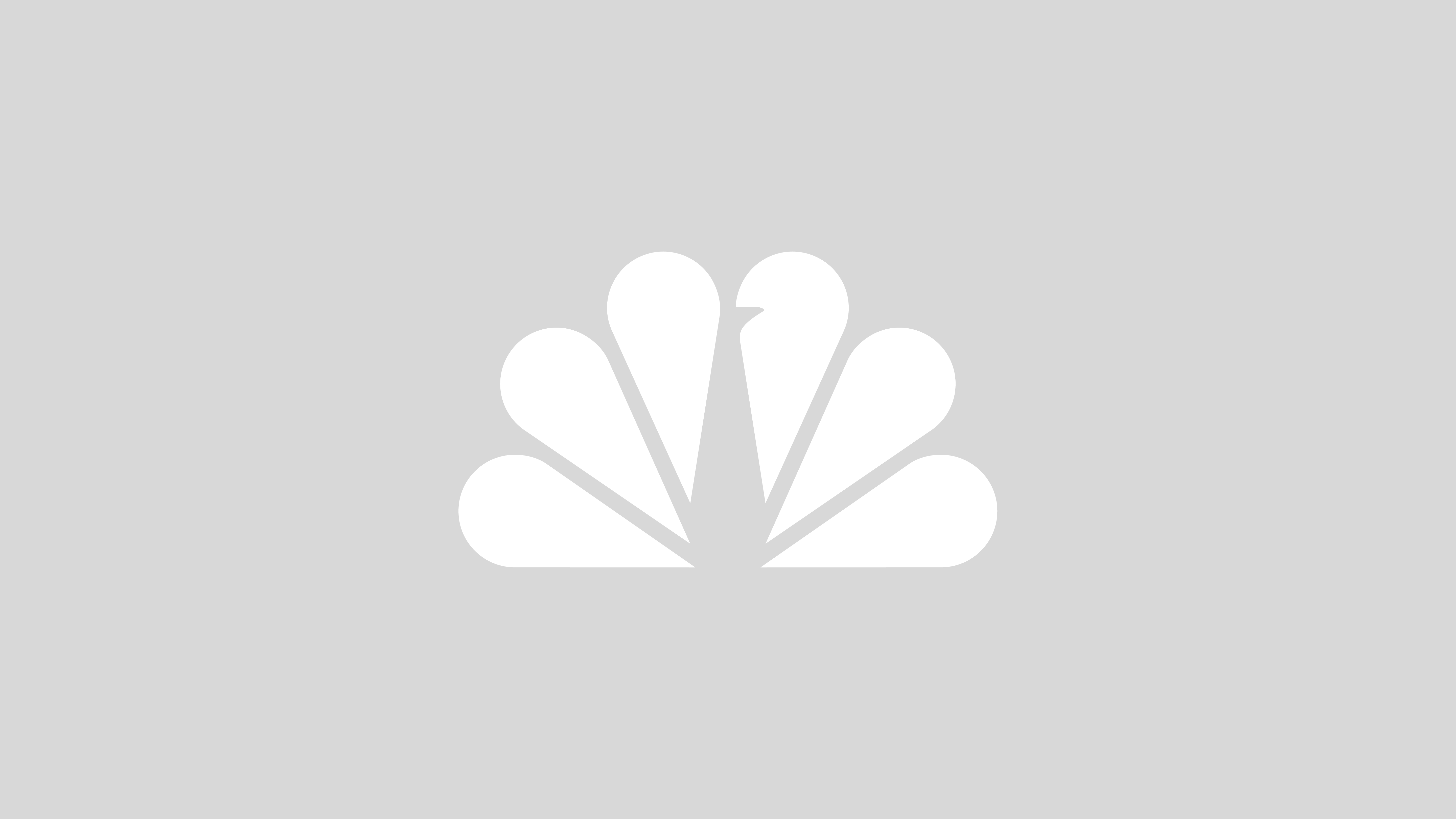What to Know
- The number of new virus cases reported Tuesday was just over 12,000, the lowest daily figure since November.
- The state projects that in four weeks the Southern California region could see its ICU capacity reach 44%.
- California is working to smooth out a bumpy rollout of COVID-19 vaccines that was marked by too few doses and differing county rules
After a deadly, months-long coronavirus surge, California is starting to see infection and hospitalization rates fall even as the state struggles to ramp up a chaotic vaccination program and warns people to keep up their guard.
The number of new virus cases reported Tuesday was just over 12,000, the lowest daily figure since November. In early January, daily counts routinely were above 40,000.
Hospital capacity is rising after plunging so low in December that overwhelmed facilities talked about rationing care. If current trends continue, the number of COVID-19 hospital patients will fall by half by early March, Health and Human Services Secretary Dr. Mark Ghaly said Tuesday.
Another benchmark is the capacity of intensive care units. Most counties were issued stay-at-home orders in December. Southern California — the most populated and hardest-hit of five state-designated regions — exhausted its regular ICU beds and stayed at 0% capacity through January.
Get top local stories in Southern California delivered to you every morning. Sign up for NBC LA's News Headlines newsletter.
But in just over three weeks, the number of ICU patients statewide has fallen from a record of nearly 4,900 to about 3,800 and all state stay-at-home orders have been lifted.
The state projects that in four weeks the Southern California region could see its ICU capacity reach 44%.
California has recorded more than 41,000 deaths — putting it only behind New York among states — but even that pace may be starting to fall. After averaging 544 daily deaths last week, the last three daily counts have averaged 371.
Still, Ghaly said COVID-19 case rates “are down, but they’re not low.”
Championship celebrations in Southern California over the World Series victory for the Los Angeles Dodgers and NBA crown for the LA Lakers last fall marked the beginning of the surge, which peaked in January before starting a steep decline.
“The chance for another surge in California is real” if people drop their guard or if mutations of the virus become prevalent, Ghaly said.
He urged people against gathering for large Super Bowl celebrations on Sunday, which could become “super-spreader” events.
“Try to share as little as you can except the cheers,” he quipped. “Don’t fumble this.”
The state also is taking a number of steps to prepare for the possibility of a fourth wave. It is keeping in place an order that speeds patient transfers between medical facilities, continuing bringing in outside health care workers and helping hospitals make sure they have enough oxygen for patients with the respiratory disease, Ghaly said.
Meanwhile, the state of nearly 40 million residents is working to smooth out a bumpy rollout of COVID-19 vaccines that was marked by too few doses and differing county rules for who was immediately eligible to receive them.
Ghaly said the state has administered more than 3.5 million vaccine doses, significantly boosting the daily number of shots it was giving out just weeks ago, Ghaly said.
The Biden administration has pledged to ramp up delivery and on Tuesday, CVS pharmacies announced it would start inoculating people in some California stores next week.
But California still lags other U.S. states in vaccinations, according to the Centers for Disease Control and Prevention, and desperate residents report ongoing problems trying to schedule an appointment as state officials attempt to craft a system that protects the most vulnerable.
Officials made the major announcement last week that the state was creating a new, centralized vaccine distribution system led by Blue Shield, the insurance giant. But a letter of intent signed by the state and the company released Monday shows the specifics of the program are still being developed even as state officials had said they hoped to transition to the new system in mid-February.
The state has authorized health workers, teachers, food and agriculture employees, other first responders and people 65 and older to be inoculated. In a surprise move last week, Gov. Gavin Newsom announced the state would next move to an age-based system, outraging, among others, people with disabilities who had been earlier in line.
The Newsom administration is “reneging on a promise to ensure that our community is safe,” said Judy Mark, president of Disability Voices United.
“What they’re saying is, they’re willing to protect all the people and caregivers surrounding people with disabilities, but not the people with disabilities themselves,” she said.
___
Amy Taxin in Orange County, Janie Har in San Francisco and Kathleen Ronayne in Sacramento contributed to this report.



